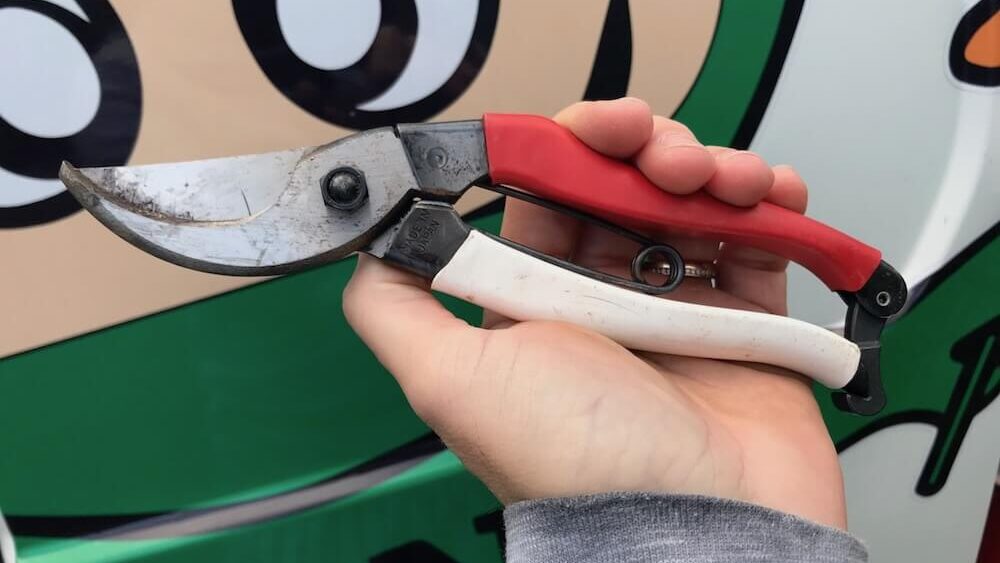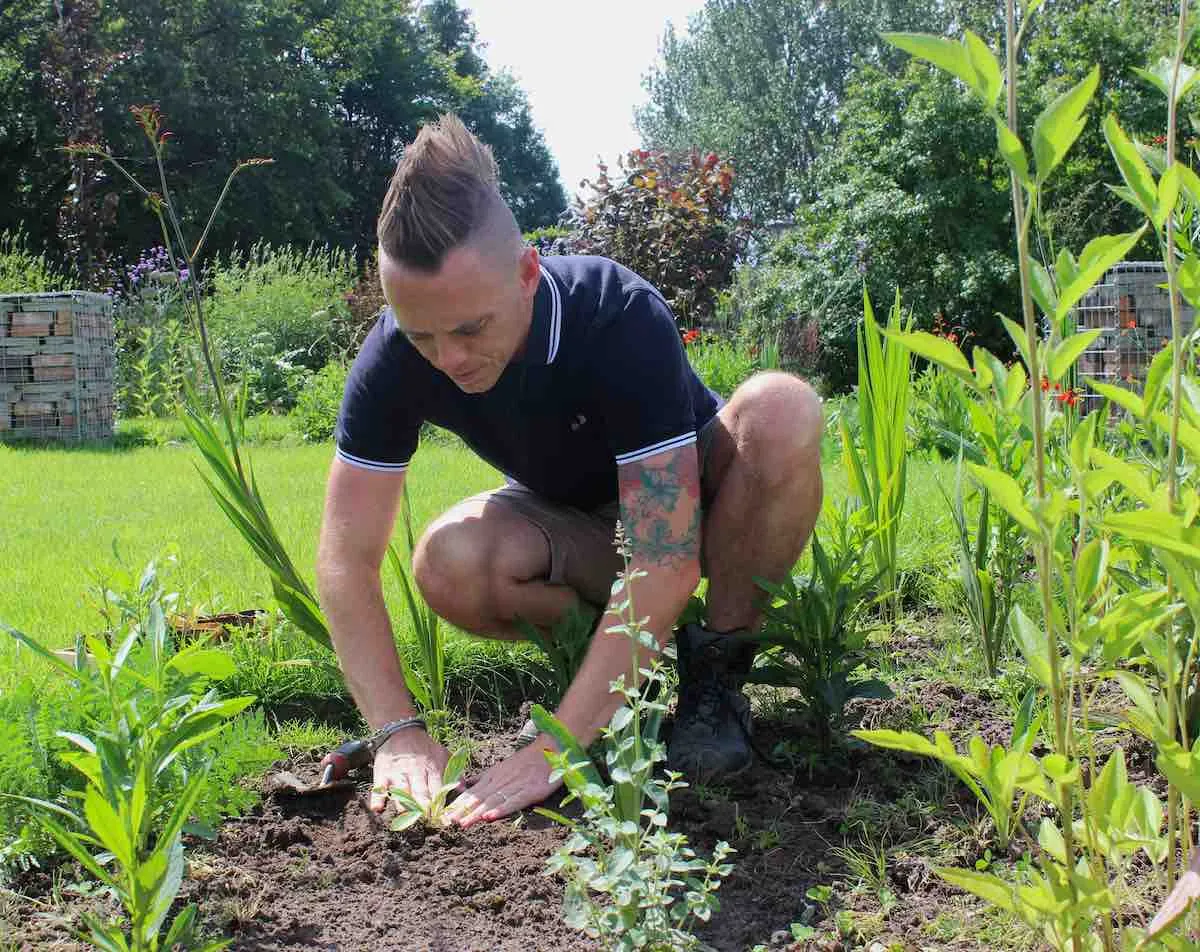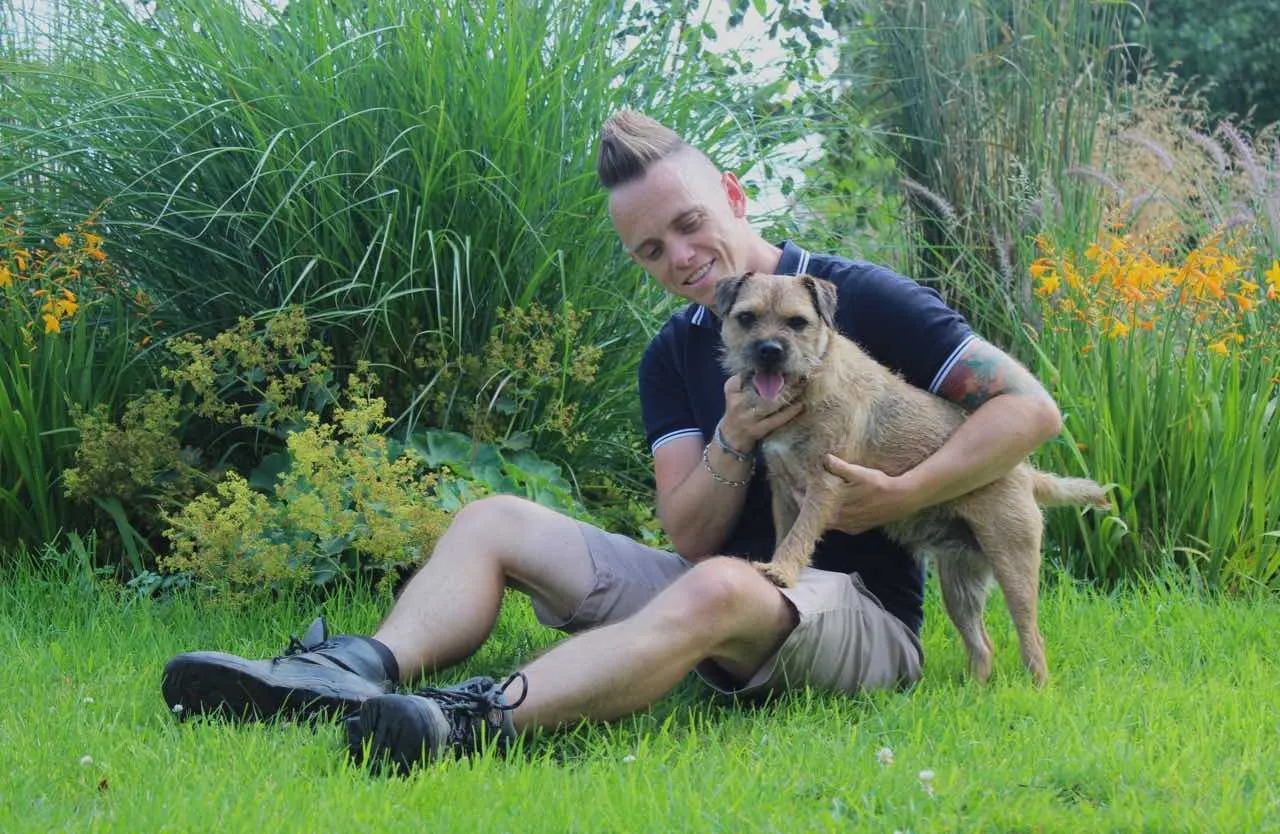Hi @philcas
Thanks for that image of your drooping Pycracanthus shrub. Moving old established shrubs or new container shrubs has one main issue that can impact us all, transplant shock. One plant maybe fine but the next not so much, let me exlplain,
Understanding Pyracantha Transplant Shock and Dehydration
From looking at your pyracantha, it appears to be suffering from classic transplant shock combined with severe dehydration. This is actually quite common with pyracanthas after they've been moved or replanted, as these vigorous shrubs have extensive root systems that take time to re-establish themselves in their new location. The telltale signs are there: drooping leaves, stressed appearance, and that general look of a plant that's struggling to uptake sufficient water despite adequate soil moisture.
Transplant shock occurs because when you move a pyracantha, inevitably, some of the root system gets damaged or disturbed, reducing the plant's ability to absorb water and nutrients efficiently. Even if you've been watering regularly, the compromised root system simply cannot keep up with the plant's needs, particularly during warmer weather when transpiration rates are higher. This creates a vicious cycle where the plant becomes increasingly stressed and less able to recover on its own.
The Berry Burden Problem
One of the most significant factors contributing to your pyracantha's current distress is likely the heavy crop of berries it's carrying. Those beautiful yellow and orange berries that make pyracanthas so attractive are actually placing enormous strain on an already compromised plant. When a shrub is dealing with transplant shock, every bit of energy should be directed towards root development and general recovery, not towards maintaining and ripening fruit.
The berries are essentially acting as energy vampires, drawing vital resources away from where they're needed most. Think of it like asking someone who's just run a marathon to immediately carry heavy shopping bags whilst they're trying to recover. The plant is already working overtime to re-establish its root system, and the additional burden of supporting all those berries is simply too much for it to cope with effectively.

Immediate Action Plan: Remove Those Berries
The most important step you can take right now is to remove all the berries from your pyracantha by pruning them off. Yes, I know it seems counterintuitive to remove the very feature that makes these plants so desirable, but this is absolutely crucial for recovery. Use sharp, clean secateurs to cut off all the berry-laden stems, making clean cuts just above a leaf node or side shoot.
Don't worry about being too precise with your cuts at this stage; the priority is getting those energy-draining berries off the plant as quickly as possible. You can always do more refined pruning later once the plant has recovered. After removing the berries, give the entire plant a thorough watering, ensuring the water penetrates deeply into the root zone rather than just wetting the surface.
Sometimes this just happens with shrubs but I'm sure it will recover over the next month or so.
All the best
Lee Garden Ninja
Hi @philcas
Thanks for that image of your drooping Pycracanthus shrub. Moving old established shrubs or new container shrubs has one main issue that can impact us all, transplant shock. One plant maybe fine but the next not so much, let me exlplain,
Understanding Pyracantha Transplant Shock and Dehydration
From looking at your pyracantha, it appears to be suffering from classic transplant shock combined with severe dehydration. This is actually quite common with pyracanthas after they've been moved or replanted, as these vigorous shrubs have extensive root systems that take time to re-establish themselves in their new location. The telltale signs are there: drooping leaves, stressed appearance, and that general look of a plant that's struggling to uptake sufficient water despite adequate soil moisture.
Transplant shock occurs because when you move a pyracantha, inevitably, some of the root system gets damaged or disturbed, reducing the plant's ability to absorb water and nutrients efficiently. Even if you've been watering regularly, the compromised root system simply cannot keep up with the plant's needs, particularly during warmer weather when transpiration rates are higher. This creates a vicious cycle where the plant becomes increasingly stressed and less able to recover on its own.
The Berry Burden Problem
One of the most significant factors contributing to your pyracantha's current distress is likely the heavy crop of berries it's carrying. Those beautiful yellow and orange berries that make pyracanthas so attractive are actually placing enormous strain on an already compromised plant. When a shrub is dealing with transplant shock, every bit of energy should be directed towards root development and general recovery, not towards maintaining and ripening fruit.
The berries are essentially acting as energy vampires, drawing vital resources away from where they're needed most. Think of it like asking someone who's just run a marathon to immediately carry heavy shopping bags whilst they're trying to recover. The plant is already working overtime to re-establish its root system, and the additional burden of supporting all those berries is simply too much for it to cope with effectively.

Immediate Action Plan: Remove Those Berries
The most important step you can take right now is to remove all the berries from your pyracantha by pruning them off. Yes, I know it seems counterintuitive to remove the very feature that makes these plants so desirable, but this is absolutely crucial for recovery. Use sharp, clean secateurs to cut off all the berry-laden stems, making clean cuts just above a leaf node or side shoot.
Don't worry about being too precise with your cuts at this stage; the priority is getting those energy-draining berries off the plant as quickly as possible. You can always do more refined pruning later once the plant has recovered. After removing the berries, give the entire plant a thorough watering, ensuring the water penetrates deeply into the root zone rather than just wetting the surface.
Sometimes this just happens with shrubs but I'm sure it will recover over the next month or so.
All the best
Lee Garden Ninja
 Lee Burkhill: Award Winning Designer & BBC 1's Garden Rescue Presenters Official Blog
Lee Burkhill: Award Winning Designer & BBC 1's Garden Rescue Presenters Official Blog



